The Art of Hand Painted Textures: A Timeless Craft
Hand painted textures hold a special place in the world of art and design. These unique, tactile elements bring a sense of warmth, authenticity, and craftsmanship to any project. In an era where digital precision often takes center stage, the organic and imperfect nature of hand painted textures offers a refreshing contrast. This article delves into the allure of hand-painted textures, their applications, and how they continue to inspire modern creatives.
The Charm of Imperfection
One of the most compelling aspects of hand painted textures is their inherent imperfection. Unlike digital textures, which can sometimes feel sterile and uniform, hand-painted textures are rich with variations. Each brushstroke carries a story, a moment in time captured on the canvas. These imperfections—whether it’s the subtle grain of the brush, the uneven spread of paint, or the occasional splatter—add character and depth to the artwork. This organic quality can evoke emotions and connect with viewers on a more personal level.
Versatility in Application
Hand painted textures are incredibly versatile and can be applied across a wide range of mediums. In graphic design, they can be used to create backgrounds, overlays, and patterns that add a unique touch to posters, flyers, and digital interfaces. In interior design, hand-painted textures can transform ordinary walls into stunning murals or accent features. They are also popular in the world of fashion, where they can be printed onto fabrics to create bespoke clothing and accessories.
Hand Painted Textures
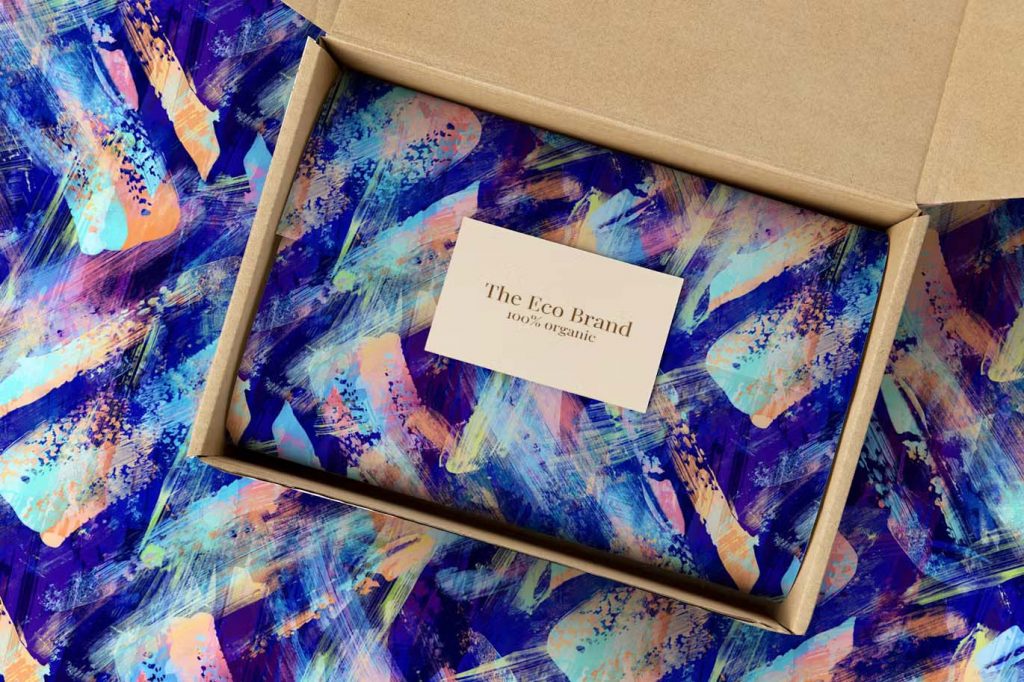
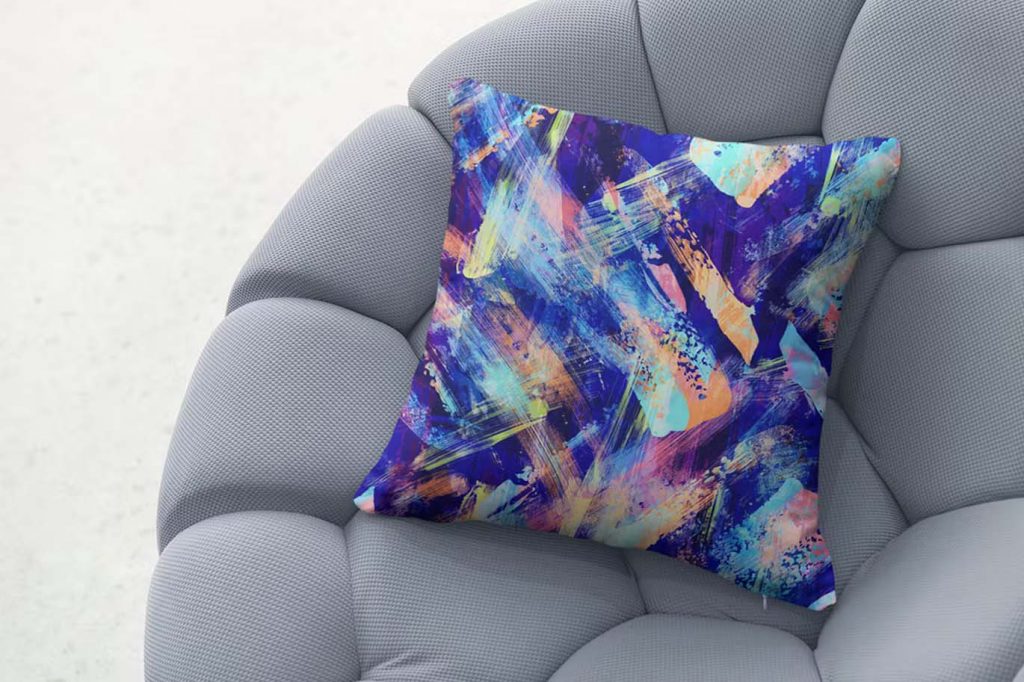
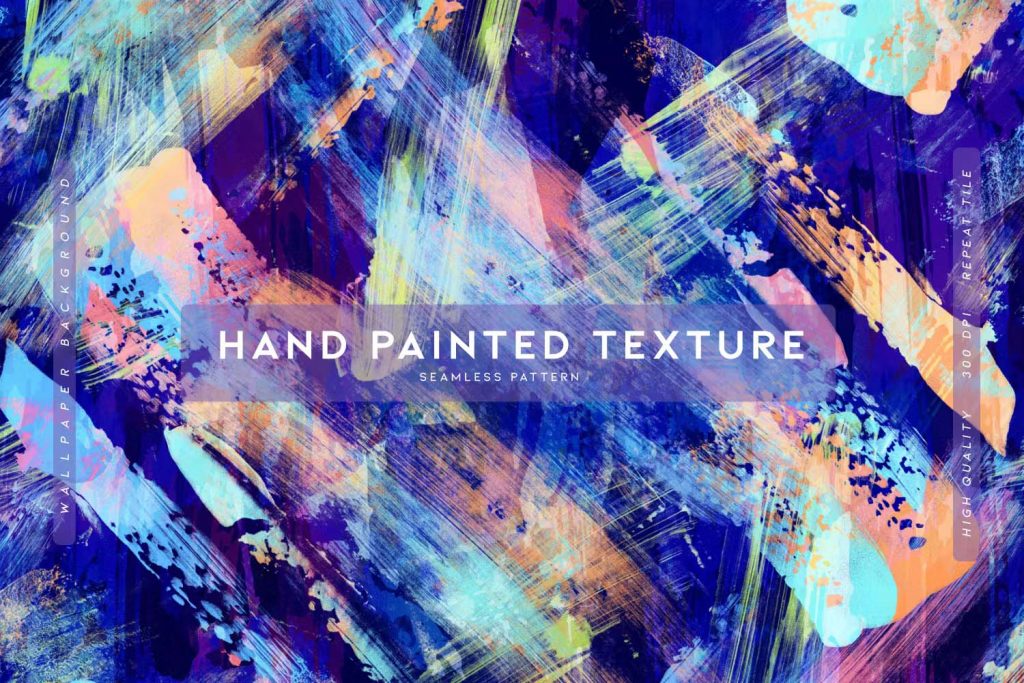
Hand Painted Leaves Textures
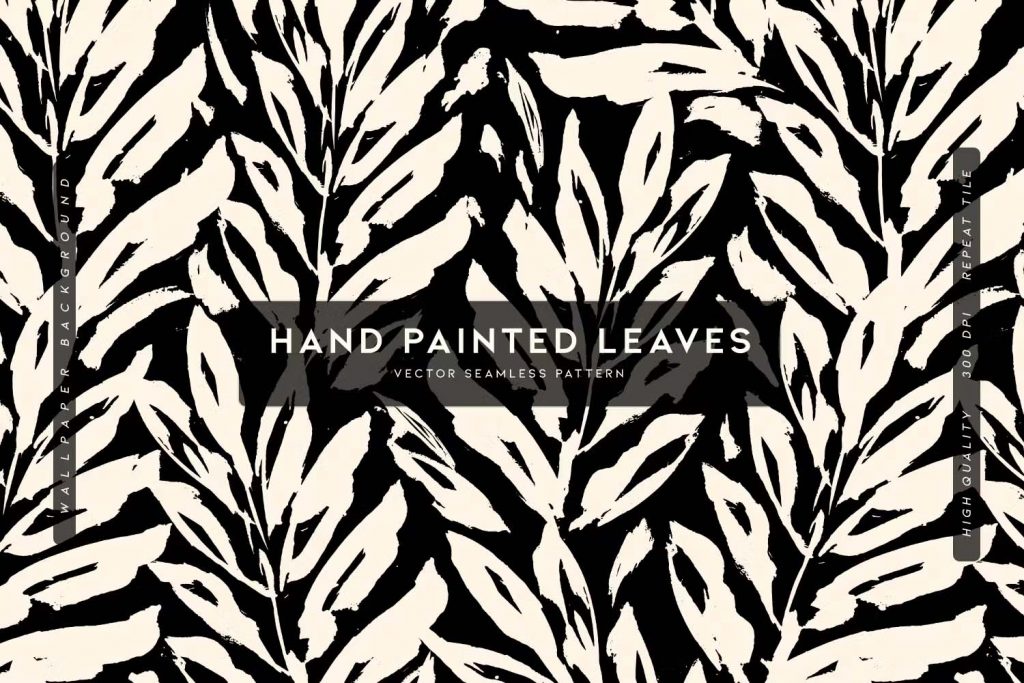
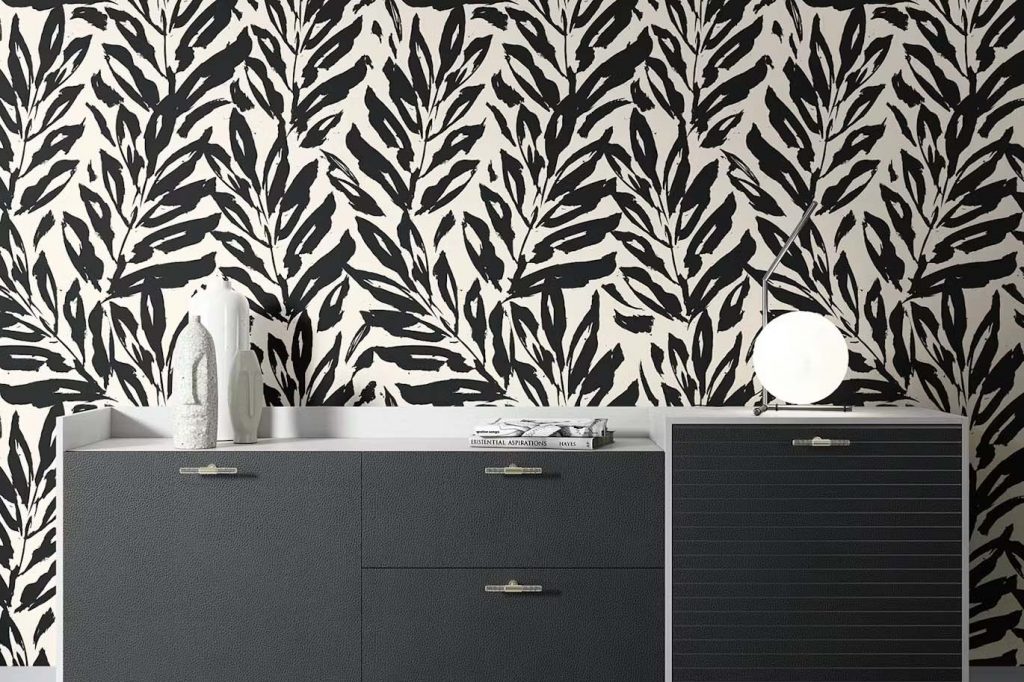

Abstract Hand Painted Gold Textures
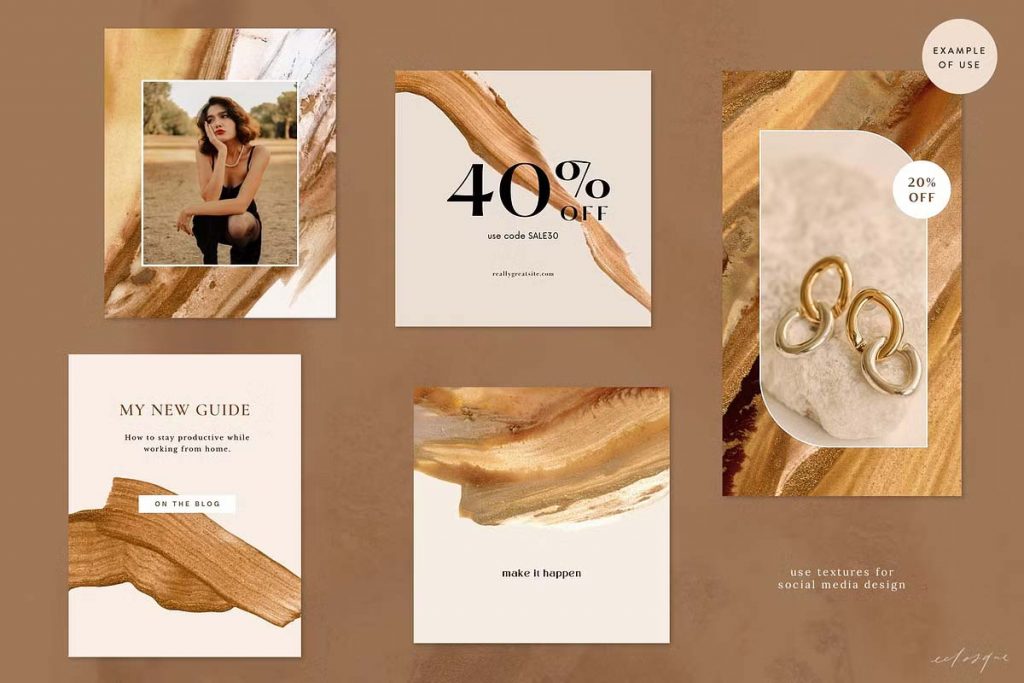
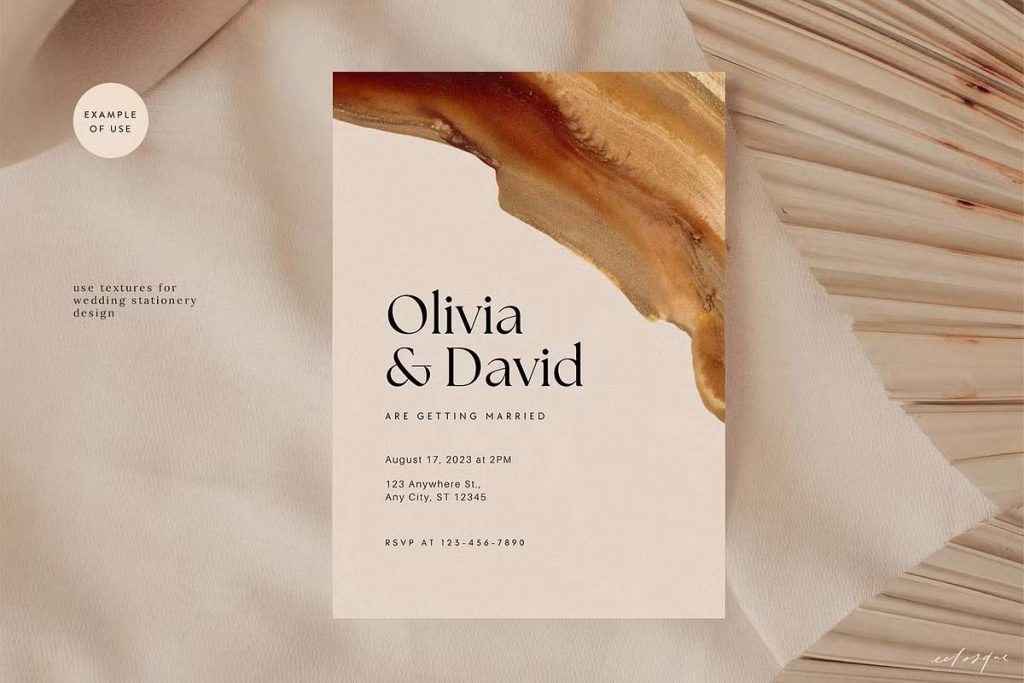
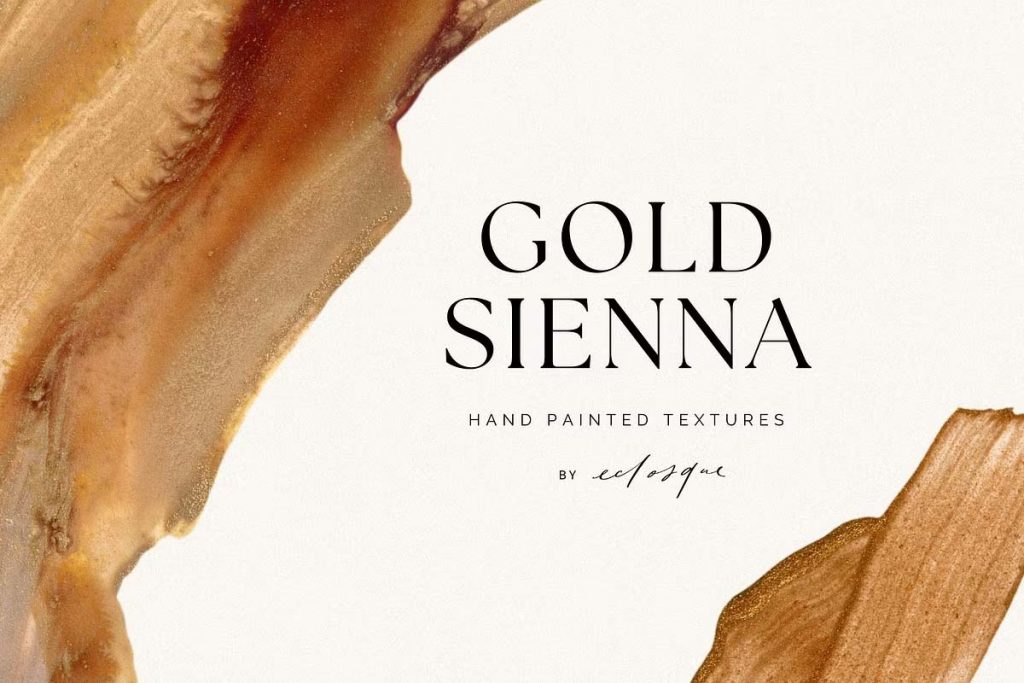
Fluid Acrylic Hand painted Textures
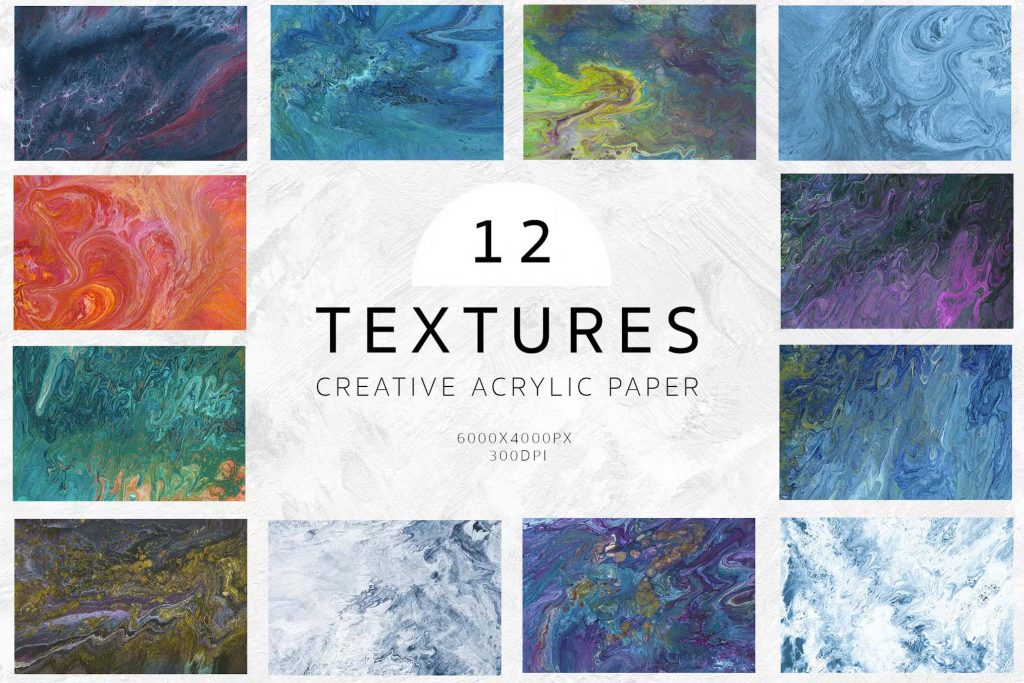
Hand Painted Abstract Texture Backgrounds
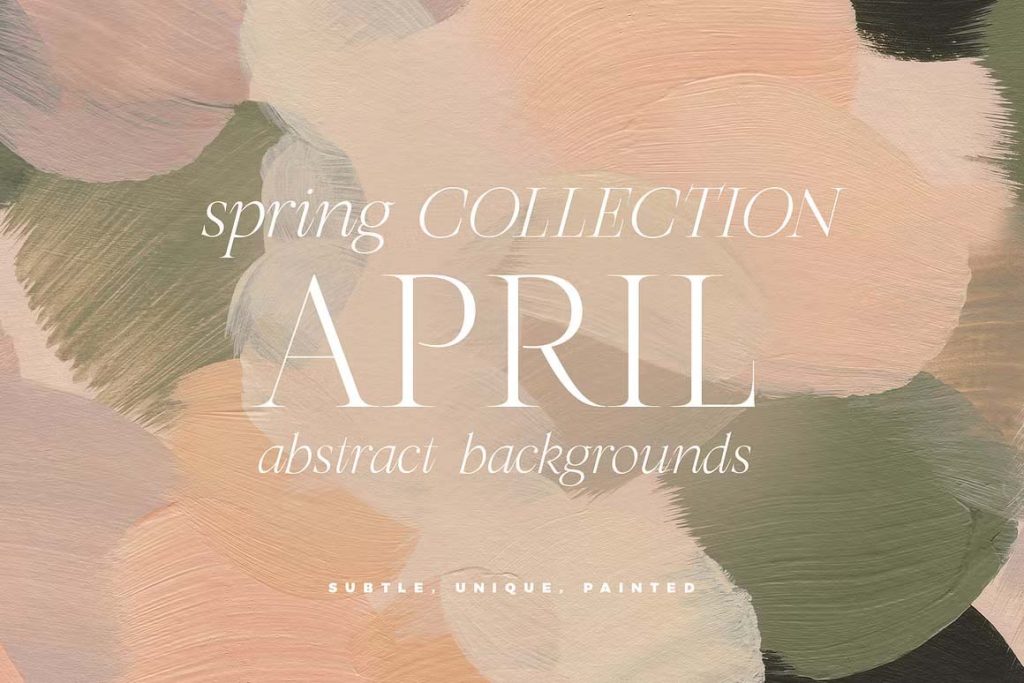
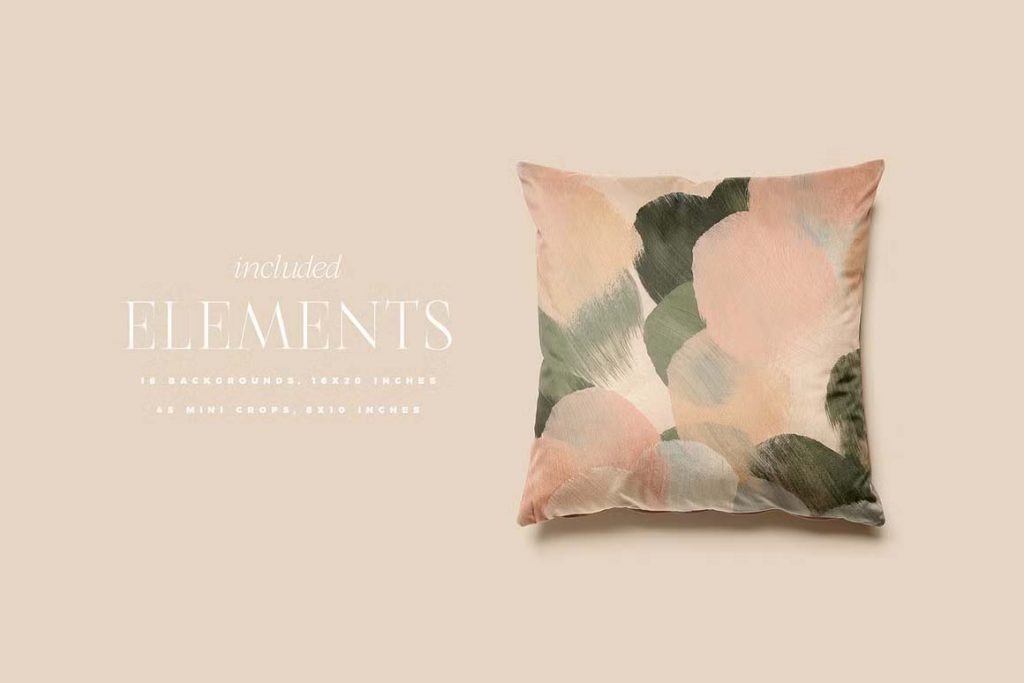
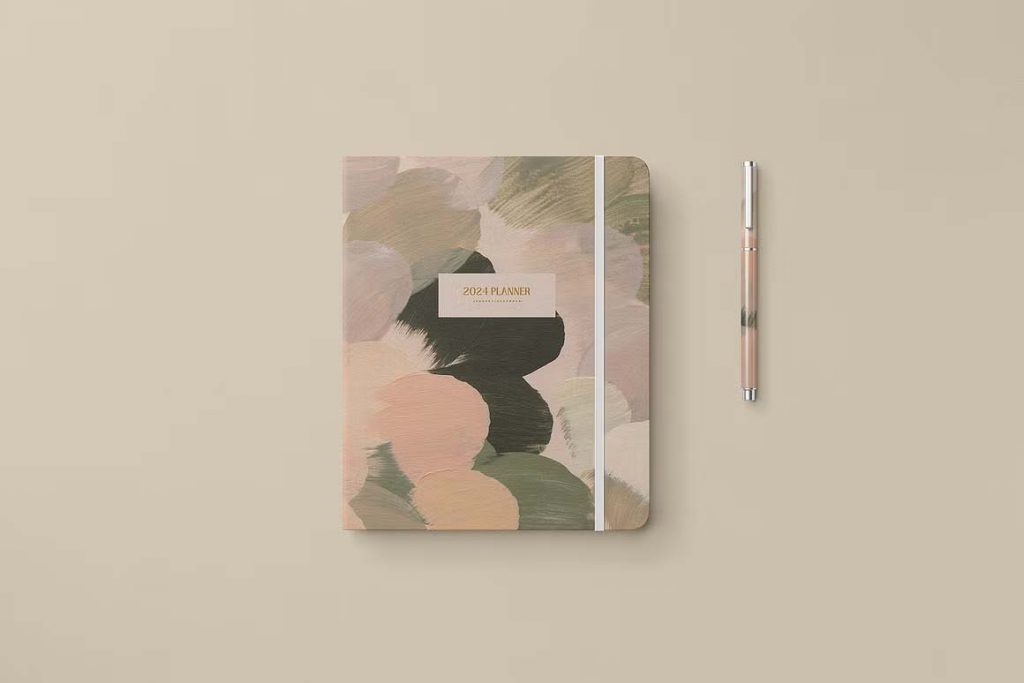
Hand Painted Watercolor Textures
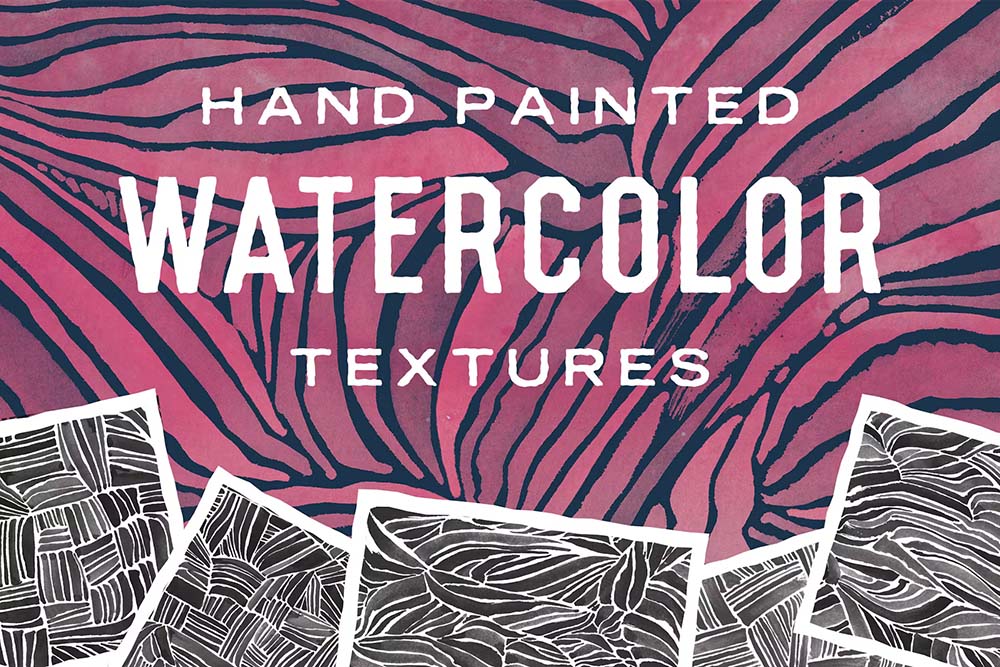
Hand Painted Backgrounds
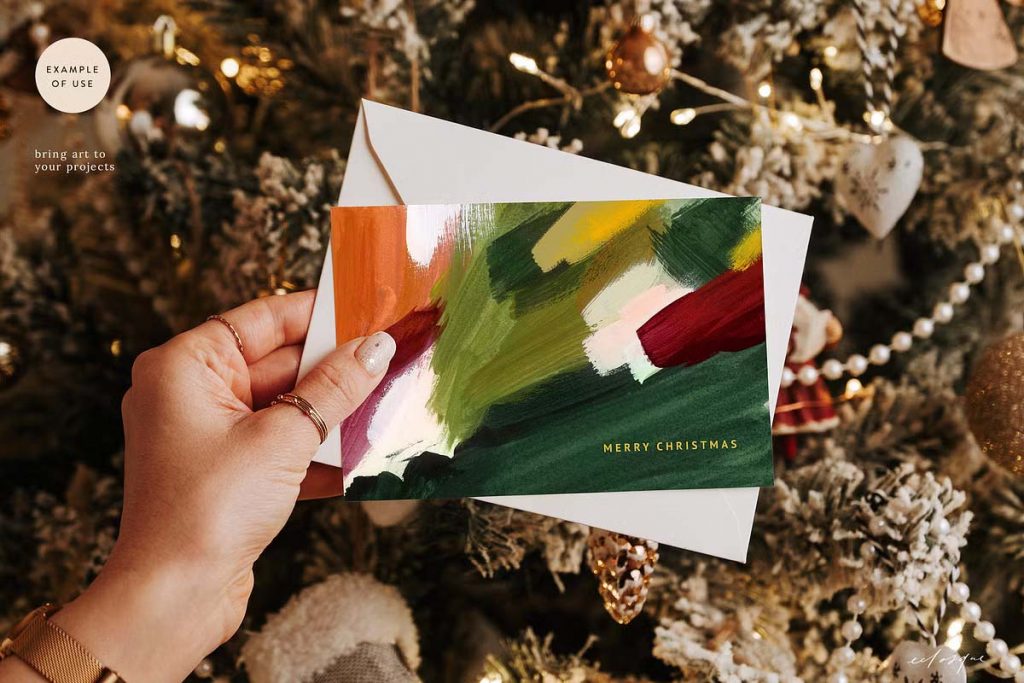


16 Handpainted Ink Textures
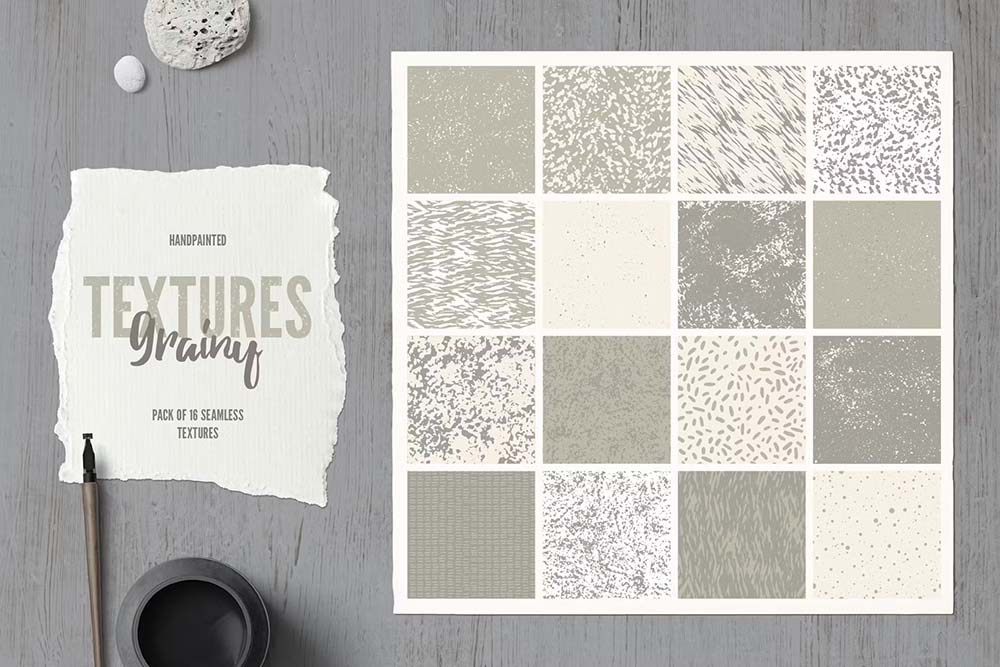
Moody Hand Painted Abstract Textures
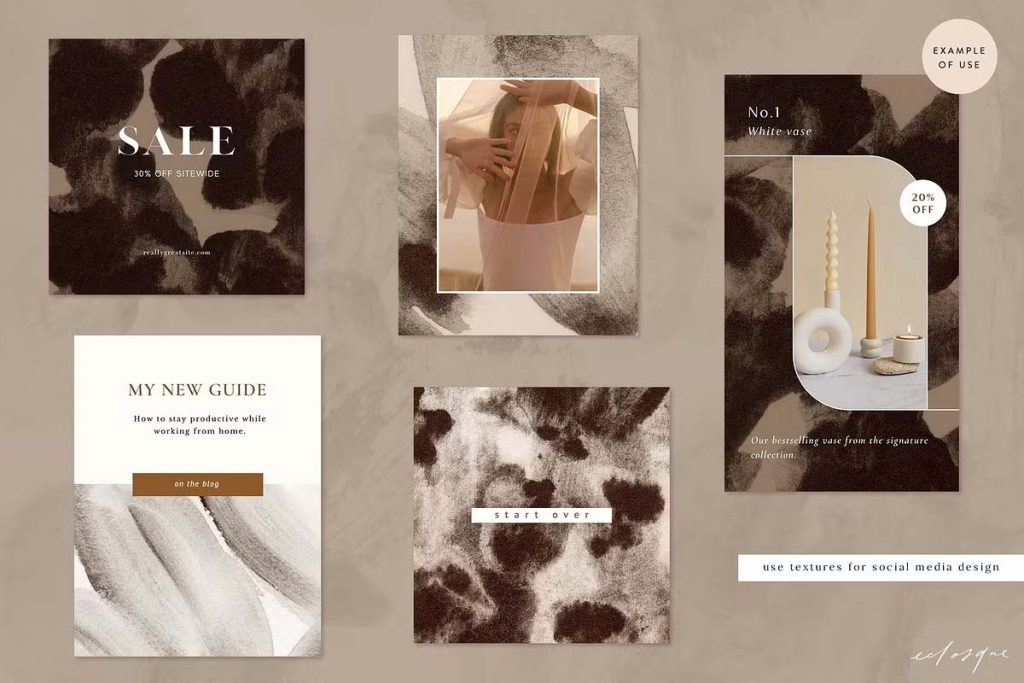
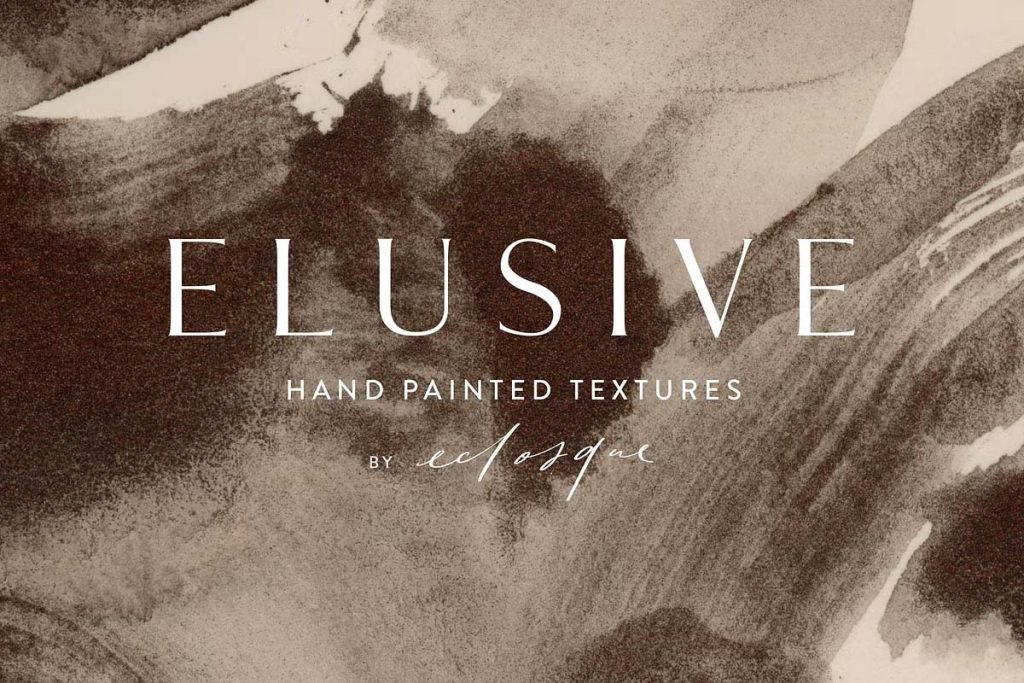
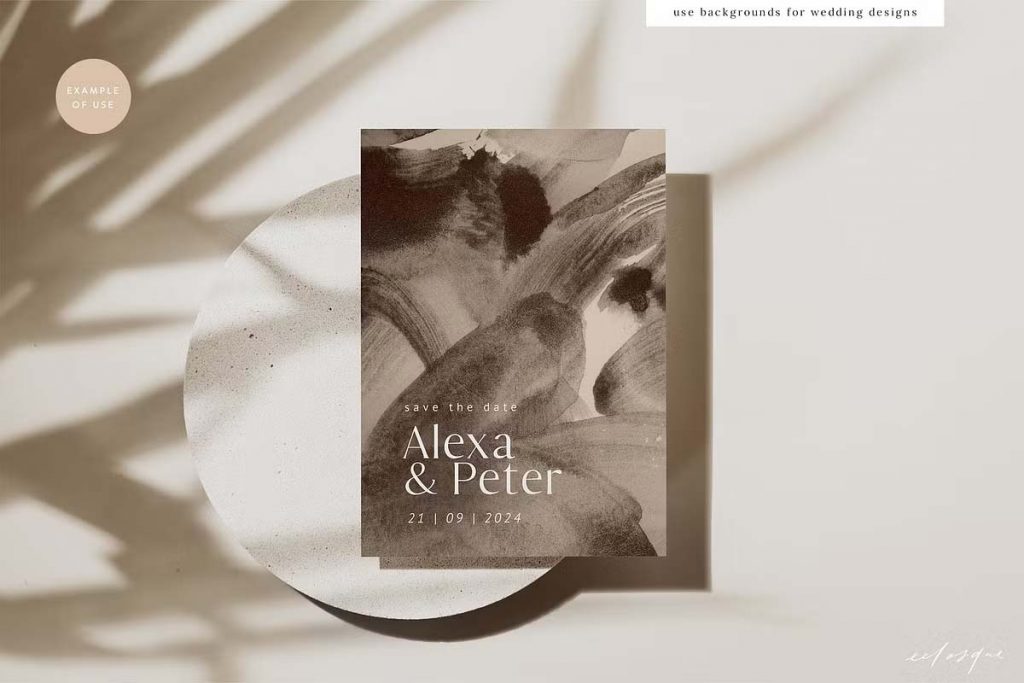
Scandinavian Hand Painted Patterns
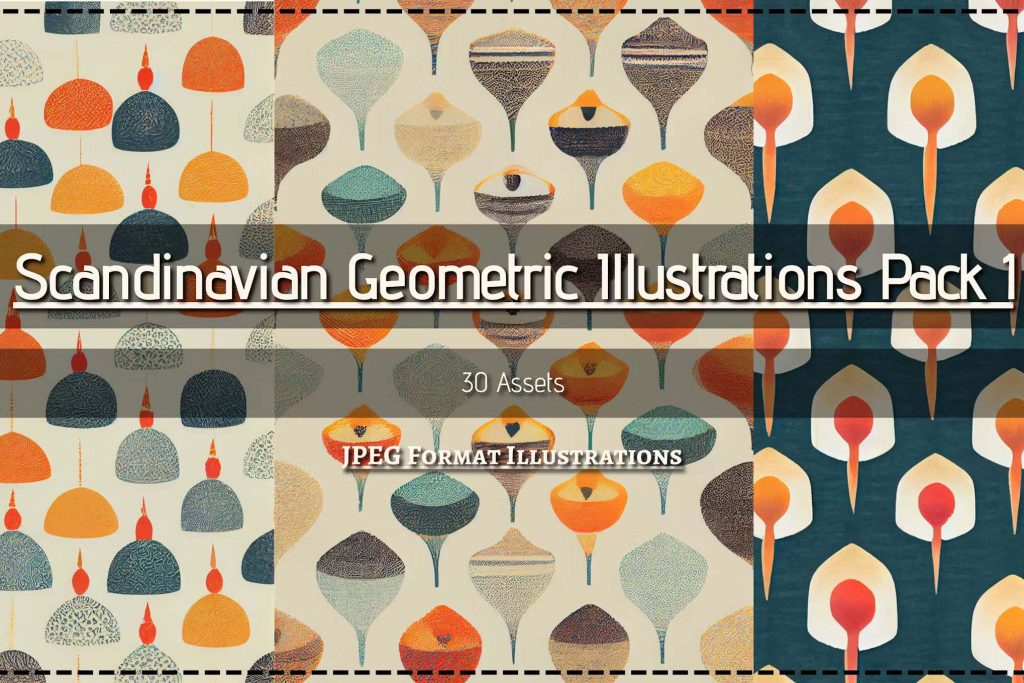
Earthy Hand Painted Backgrounds – 88 textures
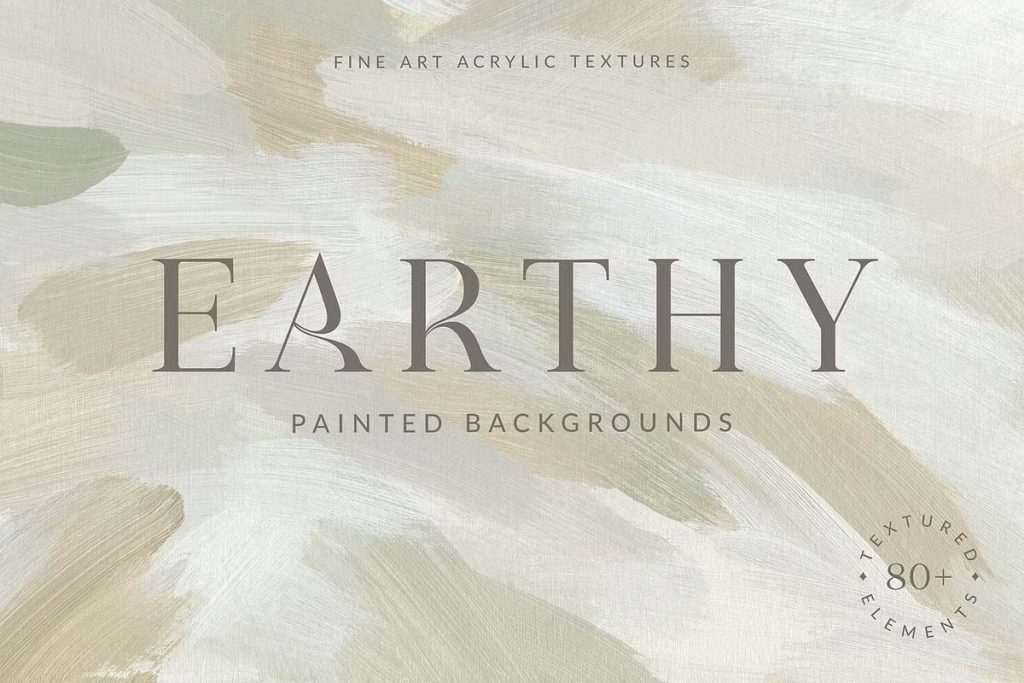
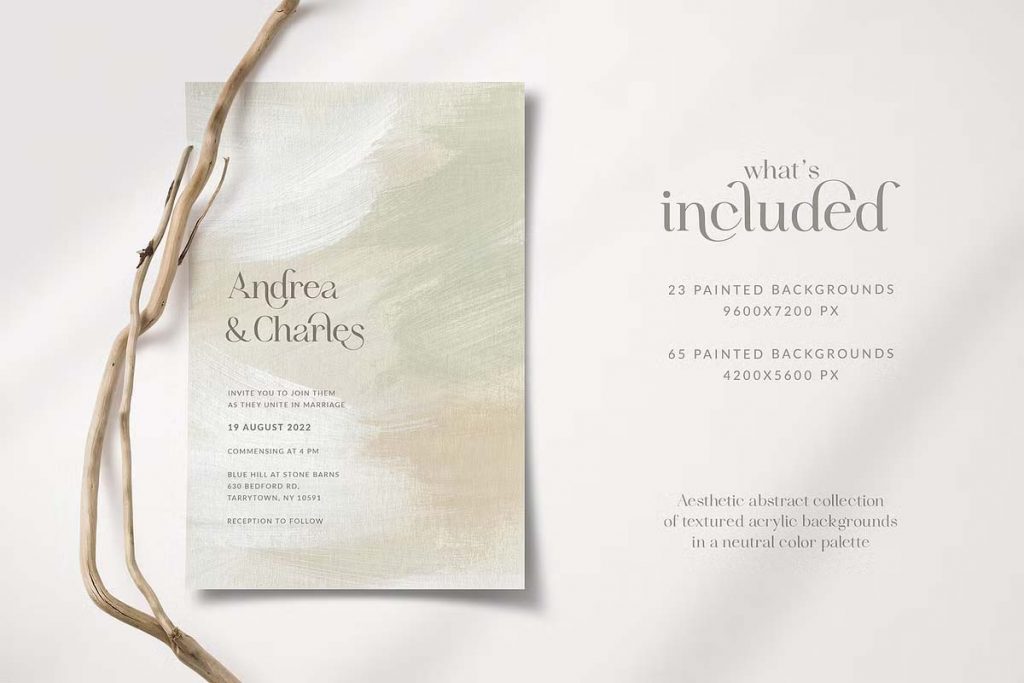
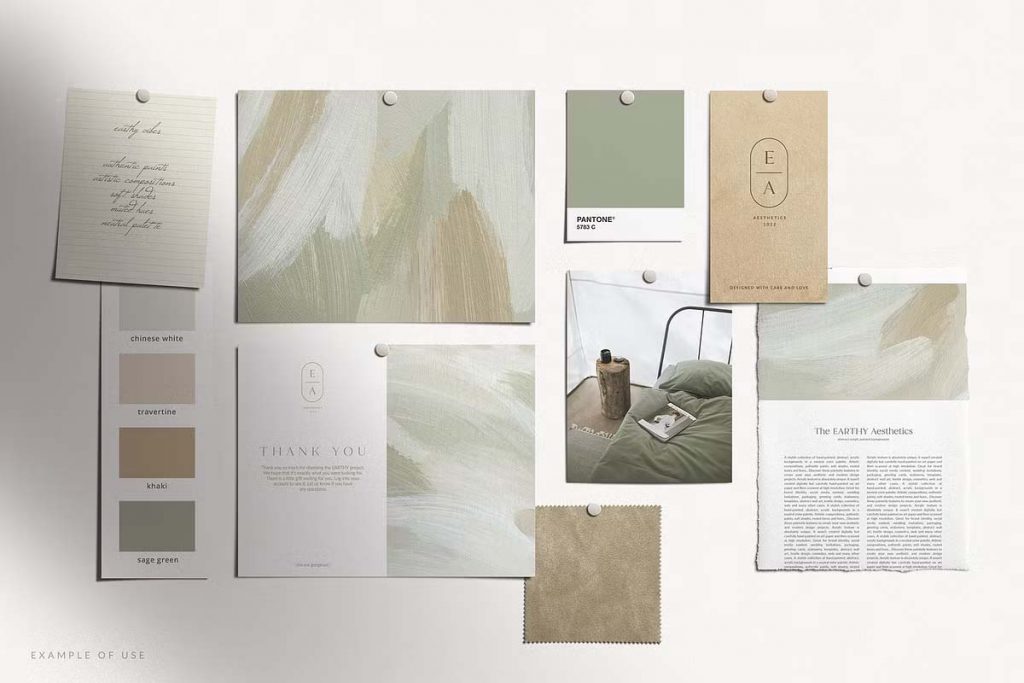
Colorful Hand Painted Textures

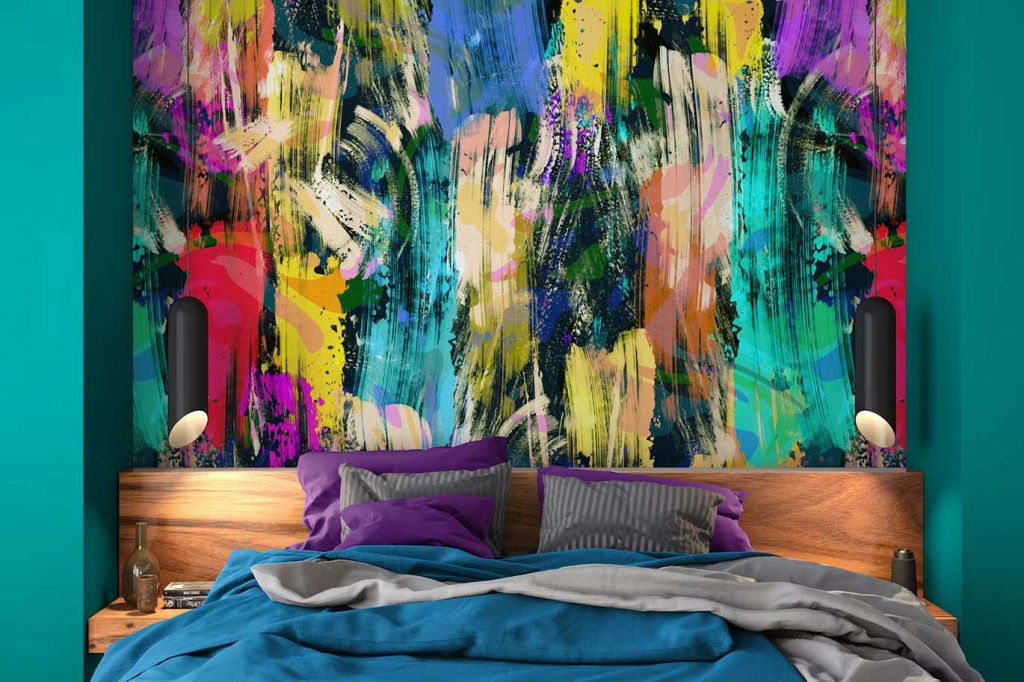
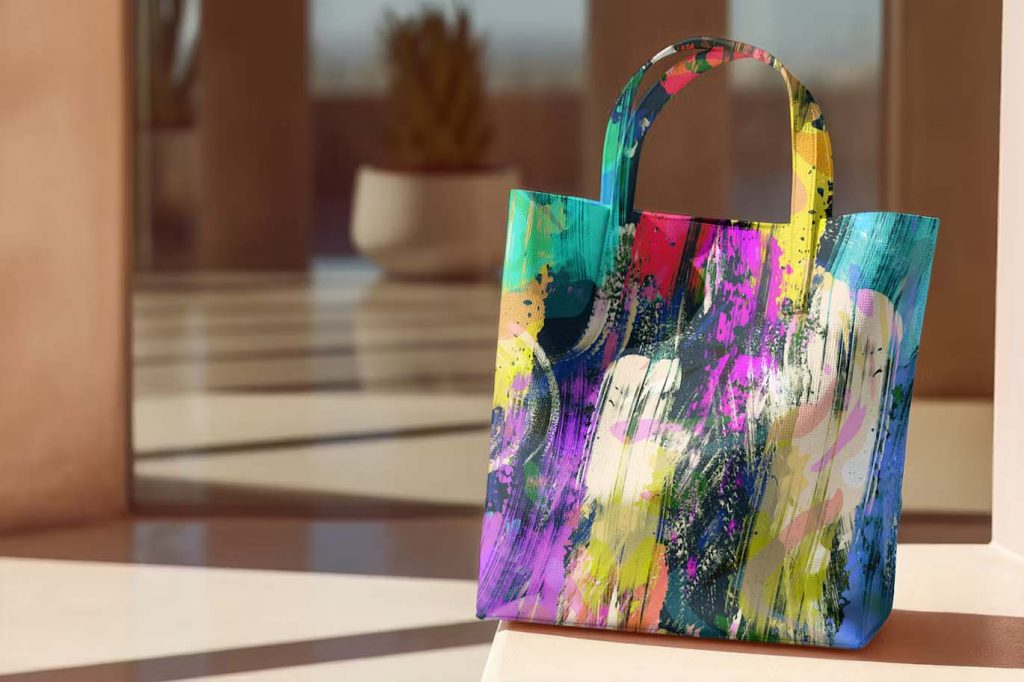
Techniques and Tools
Creating hand-painted textures requires a variety of techniques and tools, each offering its own distinct effect. Brushes of different sizes and shapes can produce a wide range of strokes, from fine lines to broad, sweeping gestures. Sponges, palette knives, and even unconventional tools like combs or fabric can be used to add texture and dimension. The type of paint—whether it’s watercolor, acrylic, or oil—also influences the final outcome. Experimentation is key; artists often discover new textures by combining different tools and mediums in innovative ways.
Embracing Digital Integration
While hand-painted textures are a traditional art form, they can be seamlessly integrated into digital projects. High-resolution scans or photographs of hand-painted textures can be imported into graphic design software, where they can be manipulated, layered, and blended with other elements. This hybrid approach allows designers to enjoy the best of both worlds: the authenticity of hand-painted textures and the flexibility of digital editing
In a fast-paced digital age, hand-painted textures remind us of the beauty found in the slow, deliberate act of creation. They bring a human touch to our projects, celebrating the artistry and craftsmanship that digital tools alone cannot replicate. Whether used in graphic design, interior decor, or fashion, hand-painted textures continue to inspire and captivate, proving that the art of the brush is timeless. Embrace the charm of hand-painted textures and let them add a touch of authenticity to your creative endeavors.